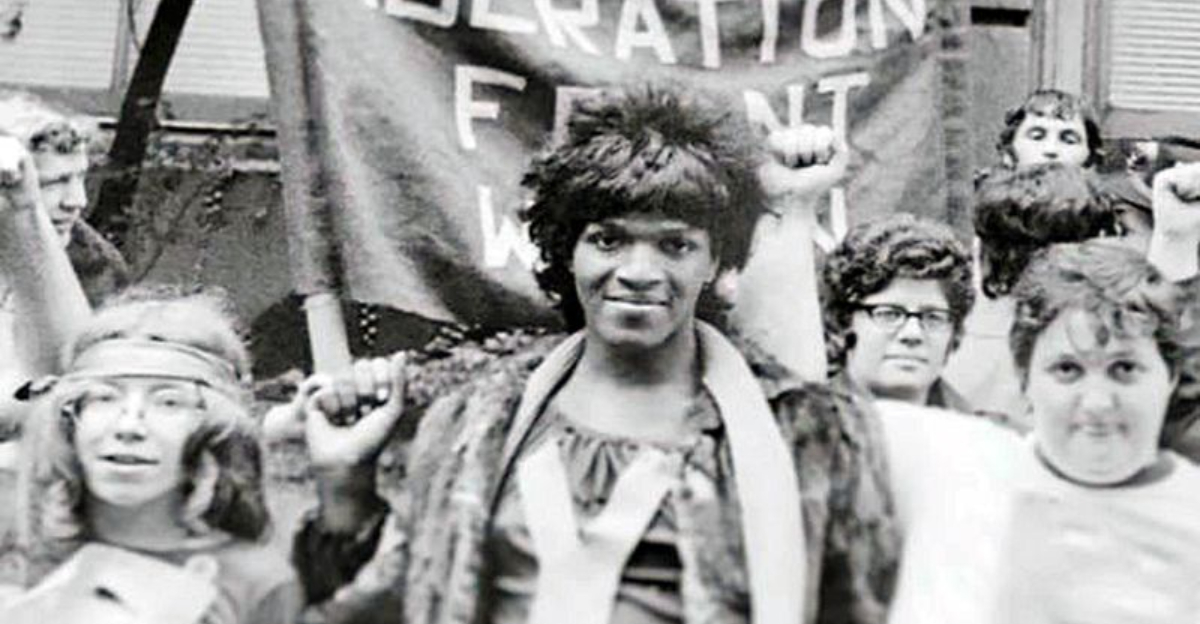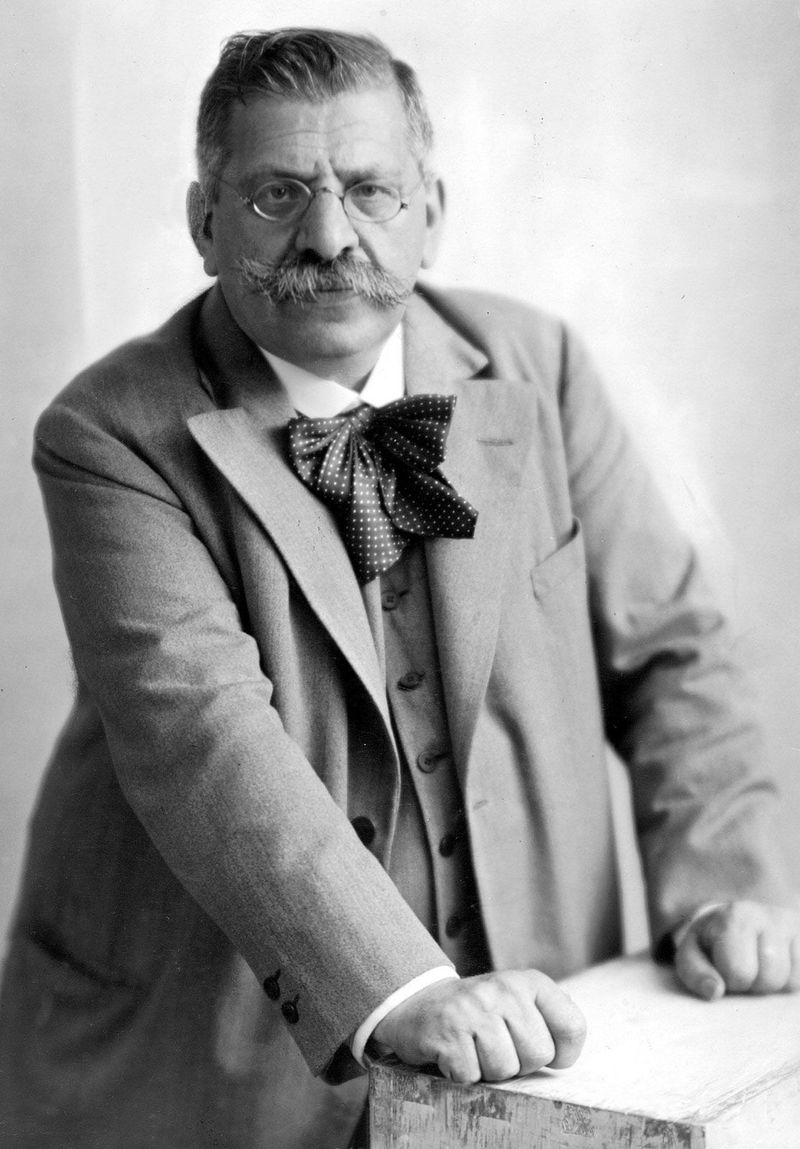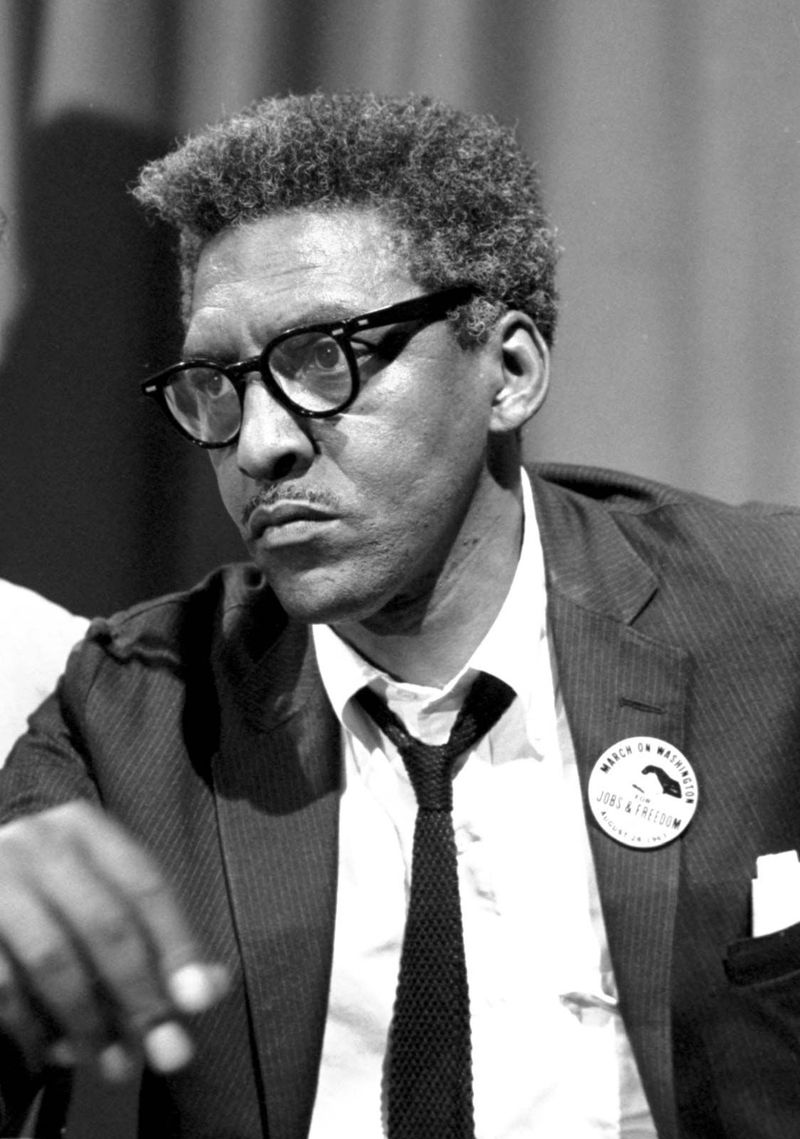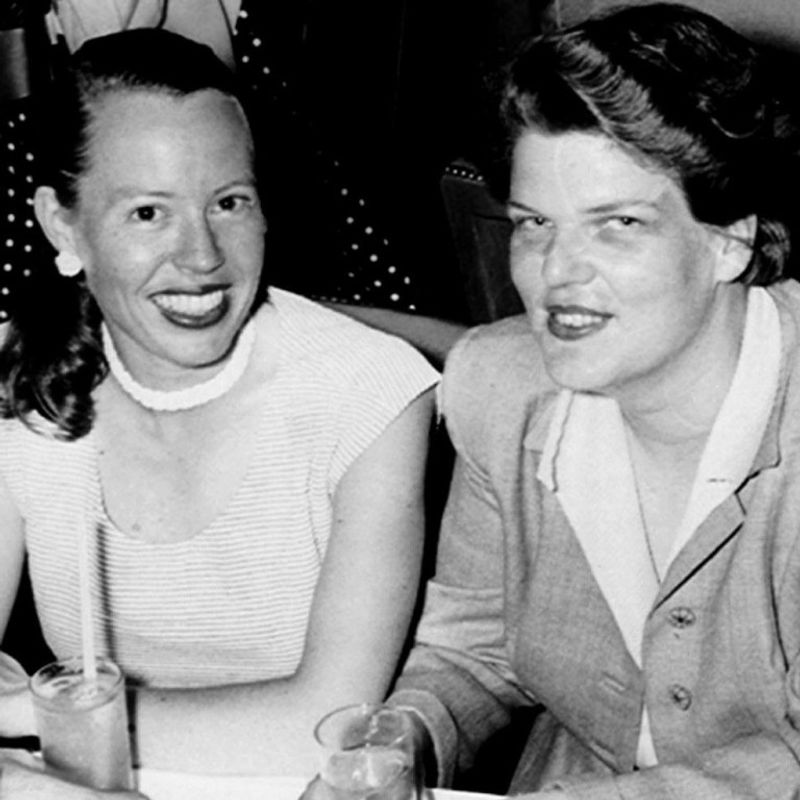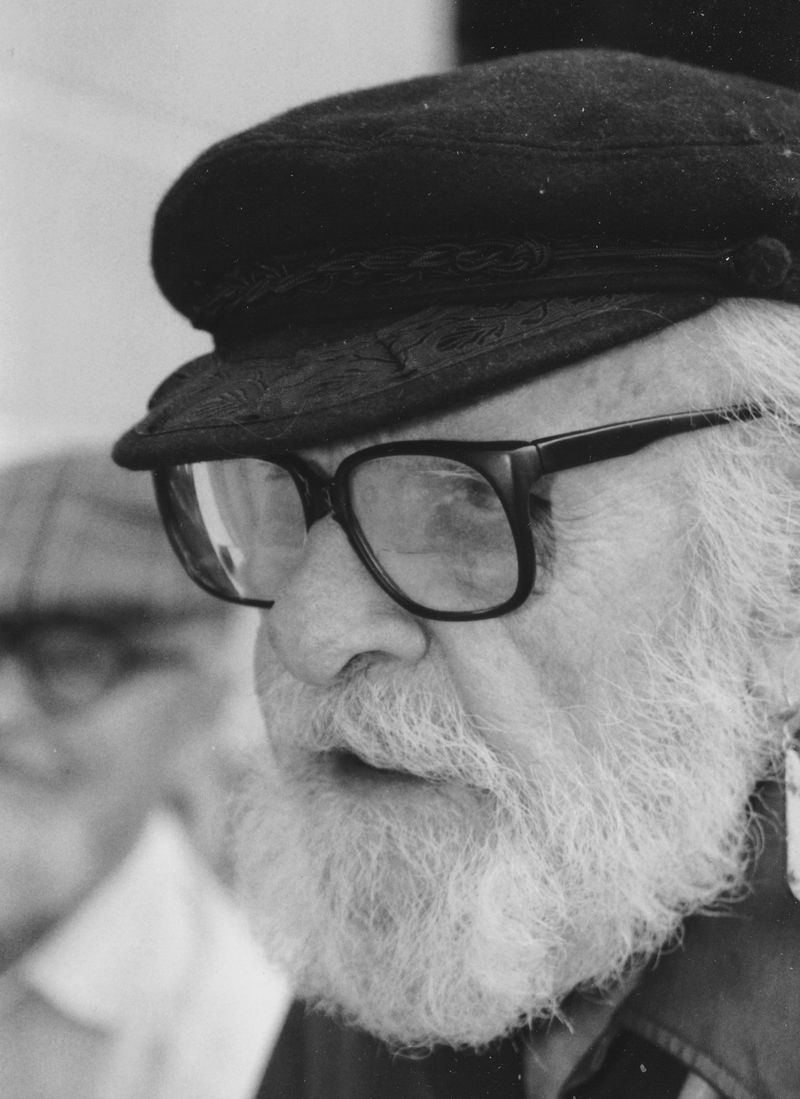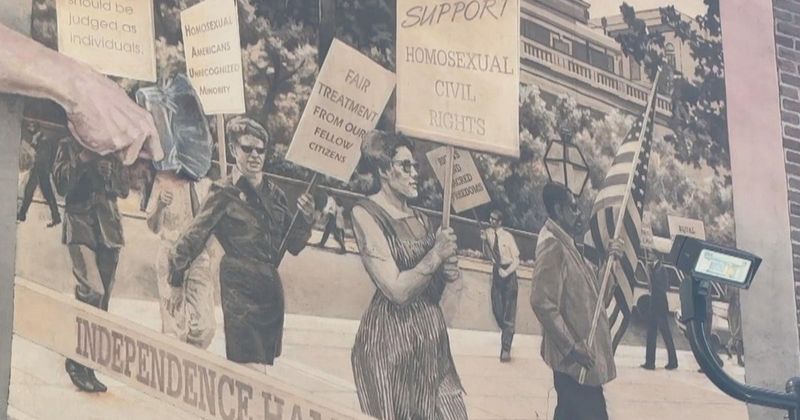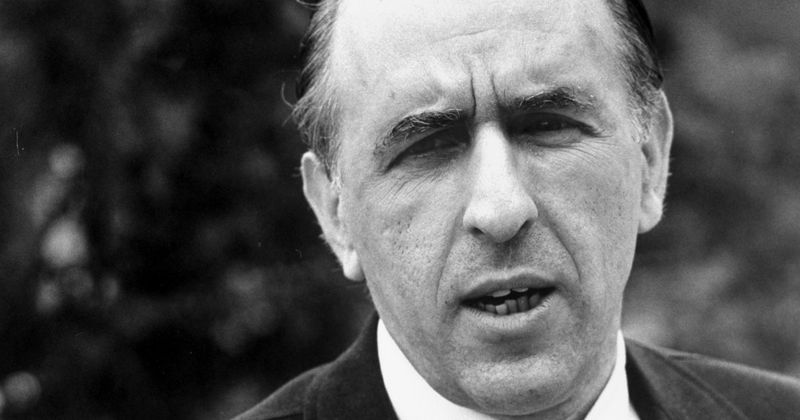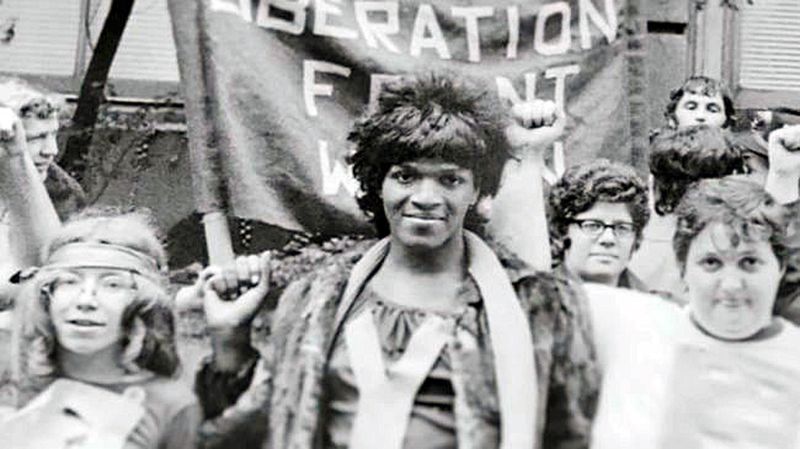Throughout history, brave individuals have stood up against discrimination and fought for LGBTQ+ rights when doing so often meant facing serious personal risks. These pioneers challenged unfair laws, changed medical opinions, and created safe spaces for the LGBTQ+ community. Their courage and determination have helped shape a more inclusive world where people can live authentically regardless of who they love or how they identify.
1. Magnus Hirschfeld: The Scientific Champion
In 1897 Berlin, when homosexuality was criminalized under Paragraph 175, Dr. Magnus Hirschfeld boldly founded the world’s first gay rights organization. His Scientific-Humanitarian Committee fought to abolish anti-gay laws using a revolutionary approach: scientific research to prove homosexuality was natural, not a crime or illness.
Hirschfeld’s Institute for Sexual Science collected thousands of case studies and pioneered early gender-affirming care. Nazi forces later destroyed his life’s work during book burnings in 1933, forcing him into exile.
His motto—”Through science toward justice”—remains powerful today. Decades ahead of his time, Hirschfeld laid groundwork for modern LGBTQ+ advocacy by bringing medical evidence into human rights discussions.
2. Bayard Rustin: Civil Rights Strategist in the Shadows
“I am a Quaker. I believe in social action.” These words guided Bayard Rustin throughout his remarkable yet often overlooked career. Despite his brilliance as the chief architect of the 1963 March on Washington, Rustin was frequently pushed aside because he was openly gay during a deeply homophobic era.
A devoted pacifist and skilled organizer, Rustin introduced Martin Luther King Jr. to Gandhi’s nonviolent resistance principles. His fingerprints were on virtually every major civil rights demonstration of the era.
Only in recent decades has history properly acknowledged his contributions. In 2013, President Obama posthumously awarded him the Presidential Medal of Freedom, finally bringing this extraordinary strategist out of history’s shadows.
3. Del Martin and Phyllis Lyon: Love that Built a Movement
Their love story began in 1950, but Del Martin and Phyllis Lyon created far more than just a romance. Frustrated by the lack of social spaces for women like themselves, they founded the Daughters of Bilitis in 1955—America’s first lesbian rights organization.
What started as a secret social club in San Francisco quickly evolved into a nationwide support network with their groundbreaking magazine, The Ladder. Through it, isolated lesbians across America discovered they weren’t alone.
Together for 55 years before legally marrying in 2008, they witnessed the transformation they helped create. When Del passed away shortly after their wedding, Phyllis continued their shared mission until her own death in 2020.
4. Harry Hay: Radical Visionary in McCarthy’s America
While America hunted for communists in 1950, Harry Hay pursued an even more dangerous idea—organizing gay men to fight for their rights. His living room became the birthplace of the Mattachine Society, the first sustained gay rights group in the United States.
A former communist with theatrical flair, Hay challenged the prevailing wisdom that gay people should blend in. Instead, he argued that homosexuals constituted a distinct cultural minority deserving recognition and rights.
His radical vision—that gay people had a unique perspective to offer society—was revolutionary for its time. Though later overshadowed by more moderate activists, Hay’s unapologetic approach to gay identity planted seeds for the pride movements that would follow decades later.
5. Barbara Gittings: The Librarian Who Declassified Homosexuality
Armed with nothing but picket signs and unshakable determination, Barbara Gittings led protests outside Philadelphia’s Independence Hall every July 4th from 1965-1969. These “Annual Reminders” marked America’s first recurring gay rights demonstrations.
Her most significant victory came in challenging the psychiatric establishment. Gittings orchestrated a revolutionary panel at the 1972 American Psychiatric Association convention featuring a masked gay psychiatrist, helping convince doctors to remove homosexuality from their list of mental disorders in 1973.
As the first head of the American Library Association’s Gay Task Force, she transformed how libraries treated LGBTQ+ content. “What do gay people need with books?” she once quipped. “They need to know they’re not alone.”
6. Frank Kameny: From Fired Astronomer to Supreme Court Pioneer
Frank Kameny’s brilliant career as a government astronomer ended abruptly in 1957 when investigators discovered he was gay. Rather than disappear in shame as expected, Kameny fought back with unprecedented boldness—taking his discrimination case all the way to the Supreme Court.
Though he lost that 1961 battle, Kameny launched a lifetime war against injustice. His picket lines at the White House and Pentagon were revolutionary firsts. “Gay is good!” became his rallying cry, deliberately echoing the Black Power movement’s “Black is beautiful.”
A Harvard-educated scientist turned reluctant activist, Kameny applied rigorous logic to dismantling anti-gay arguments. By his death in 2011, he had witnessed the government that once fired him officially apologize for its discrimination.
7. Marsha P. Johnson: The Street Queen of Stonewall
“Pay it no mind”—that’s what the ‘P’ stood for in Marsha P. Johnson’s name, her standard response to questions about her gender. A Black transgender woman surviving through street performance and sex work in 1960s New York, Johnson transformed oppression into revolutionary action.
When police raided the Stonewall Inn on June 28, 1969, Johnson was among the first to resist, helping ignite the uprising that birthed the modern LGBTQ+ movement. Her work didn’t stop there—she co-founded STAR (Street Transvestite Action Revolutionaries) with Sylvia Rivera, creating shelter for homeless LGBTQ+ youth.
Though her mysterious 1992 death remains unsolved, Johnson’s legacy lives on in every Pride celebration and in today’s movements for Black trans lives.
